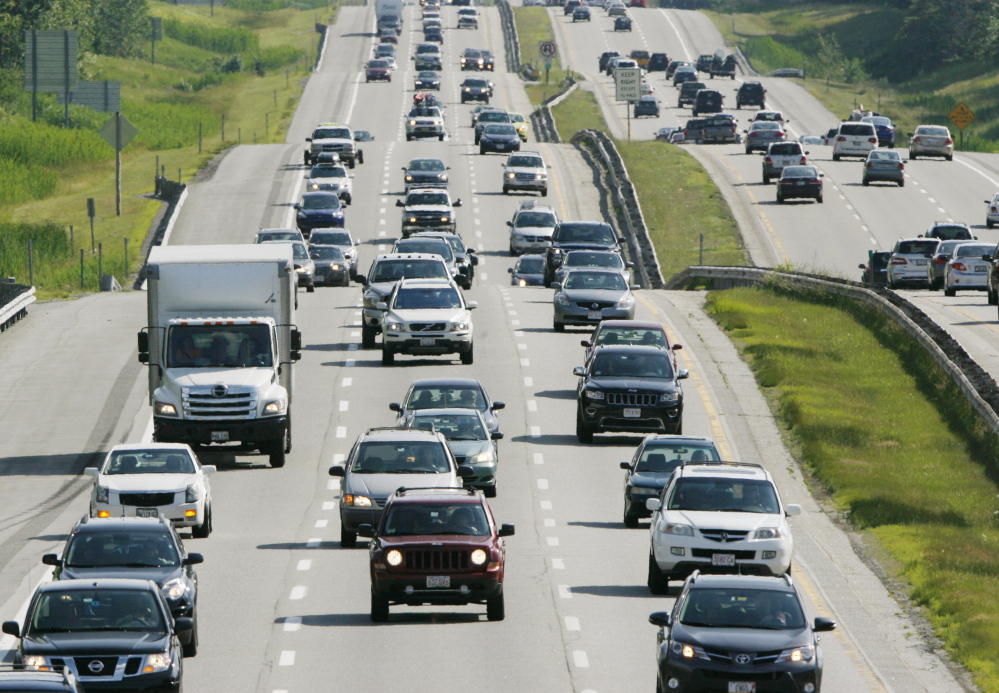WASHINGTON — U.S. roads are more clogged than ever.
Commuters in Washington, D.C., suffer the most, losing an average of 82 hours a year to rush-hour slowdowns, a new study finds. Los Angeles, San Francisco and New York come next on the list of urban areas with the longest delays.
But the pain reaches across the nation.
Overall, American motorists are stuck in traffic about 5 percent more than they were in 2007, says the report from the Texas A&M Transportation Institute and INRIX Inc., which analyzes traffic data.
Four out of five cities have now surpassed their 2007 congestion.
Rounding out the Top 10 worst commuting cities are San Jose, Boston, Seattle, Chicago, Houston and Riverside-San Bernardino.
Cities with fast-growing economies and the most job growth are the most plagued by traffic. Other factors: Urban populations are increasing and lower fuel prices are making driving less expensive, so more people are taking to city roads.
Congestion increased in 61 of the nation’s 101 largest cities from 2012 to 2013. The following year, nearly all cities – 95 out of 101 – experienced greater congestion.
The growth is outpacing the nation’s ability to build the roads, bridges, trains and other infrastructure to handle all these people on the move. Congress has kept federal transportation programs teetering on the edge of insolvency for nearly eight years because lawmakers have been unwilling to raise the federal gas tax and haven’t found a politically palatable alternative to pay for needed improvements.
Frustrated by Washington’s inaction, nearly a third of states have approved measures this year that could collectively raise billions of dollars for transportation through higher fuel taxes, vehicle fees and bonds. But that’s just a down payment on decades of delayed maintenance, repairs and replacements.
“Our growing traffic problem is too massive for any one entity to handle – state and local agencies can’t do it alone,” said Tim Lomax, a co-author of the report.
The report recommends a mix of solutions, including making existing road and transit systems more efficient, encouraging more flexible work schedules, adding capacity to high-growth travel corridors, and creating more high-density neighborhoods where homes, offices, stores and other development can be reached through walking, biking or public transit.
Send questions/comments to the editors.



Success. Please wait for the page to reload. If the page does not reload within 5 seconds, please refresh the page.
Enter your email and password to access comments.
Hi, to comment on stories you must . This profile is in addition to your subscription and website login.
Already have a commenting profile? .
Invalid username/password.
Please check your email to confirm and complete your registration.
Only subscribers are eligible to post comments. Please subscribe or login first for digital access. Here’s why.
Use the form below to reset your password. When you've submitted your account email, we will send an email with a reset code.